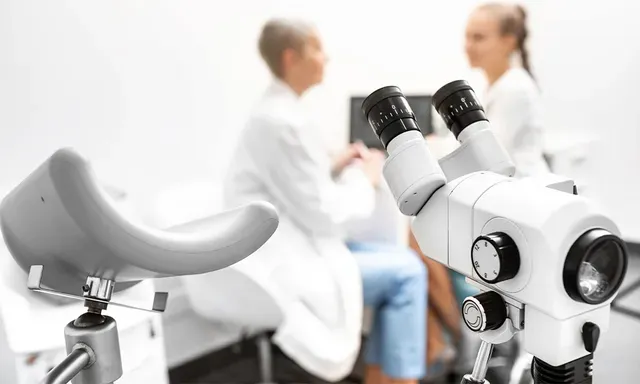Laparoscopic Surgeon in Austin, TX

Laparoscopy Surgery in Austin, TX
What is laparoscopy?
Laparoscopy or laparoscopic surgery is a type of minimally invasive surgery. During the procedure, your surgeon at Women’s Health Domain makes a small incision in your abdomen and inserts a laparoscope. The laparoscope is a thin, flexible tube with a light and camera that allows your surgeon to see your internal organs without the need for a large abdominal incision.
At Women’s Health Domain, laparoscopy provides the most accurate endometriosis diagnosis. It’s also the most advanced treatment for endometriosis because it offers permanent removal of the endometriomas and the greatest pain relief.
When performing laparoscopic surgery for endometriosis, your surgeon removes the endometriomas, scar tissue, and adhesions. Women’s Health Domain also uses laparoscopy when performing other procedures, such as myomectomy and hysterectomy.
What happens during laparoscopy or laparoscopic surgery?
Your providers at Women’s Health Domain creates individualized laparoscopic surgery plans to match your specific needs. They review the details of your procedure at your pre-surgical consultation.
Your surgeon makes a small incision in your abdomen and injects carbon dioxide gas through a needle into your abdominal cavity. The gas distends the cavity and lifts your organs, allowing your surgeon to safely insert the laparoscope.
Your surgeon makes additional small incisions and inserts the surgical instruments. Once all of the instruments are in place, your surgeon explores the organs and surrounding tissue, visually evaluating each section in the abdominal and pelvic cavity.
During this visual inspection, your surgeon looks for endometriomas. To enhance visualization, your surgeon may use contrast, which highlights the endometriosis lesions throughout your abdominal cavity, making them easier to find.
Once identified your surgeon biopsies any suspicious tissue. They may also remove the endometriosis lesions and adhesions.
Your providers at Women’s Health Domain send your biopsy to a pathologist, who examines the tissue for immediate feedback. The practice then sends the tissue for a more extensive evaluation.
When treating endometriosis during laparoscopy or laparoscopic surgery, your providers at Women’s Health Domain may perform an excision surgery, surgically removing the endometriosis lesions.
What happens after laparoscopic surgery?
After your laparoscopic surgery, your surgeon removes all surgical instruments from your abdominal cavity. They deflate your abdomen, stitch up the incisions, and send you to the recovery area.
Recovery rates vary, but most patients go home the day of their laparoscopic surgery.
For comprehensive care of your endometriosis, schedule an appointment at Women’s Health Domain by calling or booking online today.
Top-Rated Laparoscopy Surgery in Austin, TX
For comprehensive care of your endometriosis, call Women’s Health Domain or schedule an appointment online today.
OBGYN Services in Austin
Bilateral Salpingectomy
MonaLisa Touch
Perimenopause
Hot Flashes
Hormone Replacement Therapy
Natural Menopause Relief
Sexual Health After Menopause
